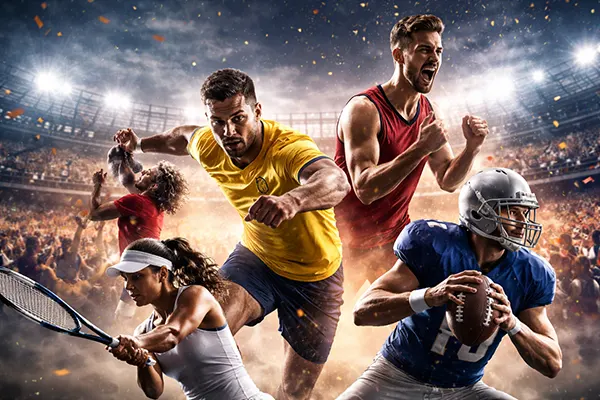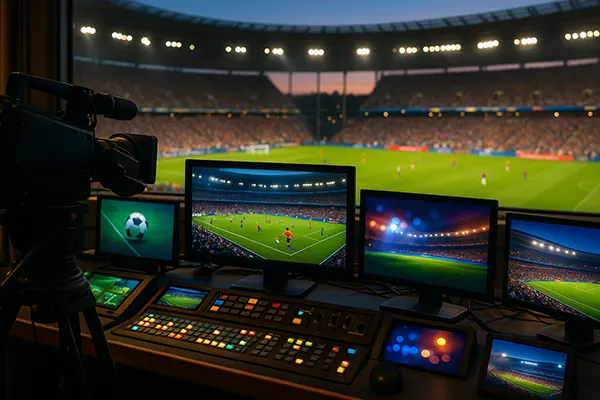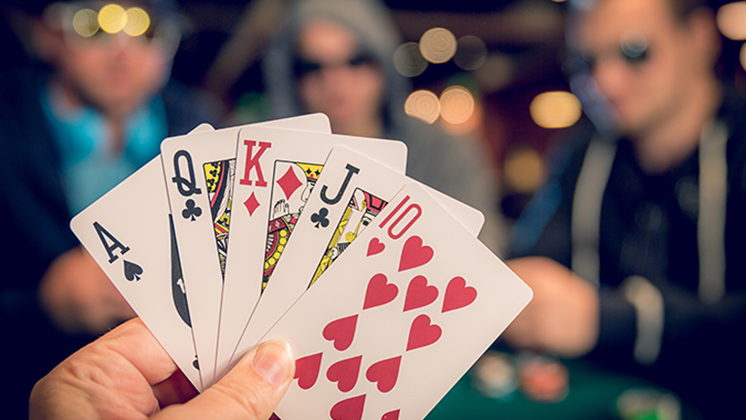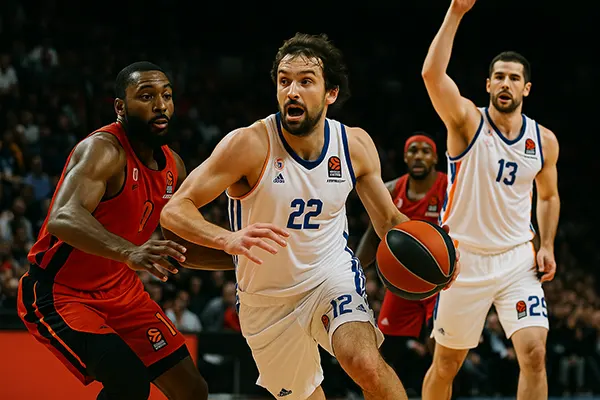Psychological Preparation of Athletes: New Methods and Approaches
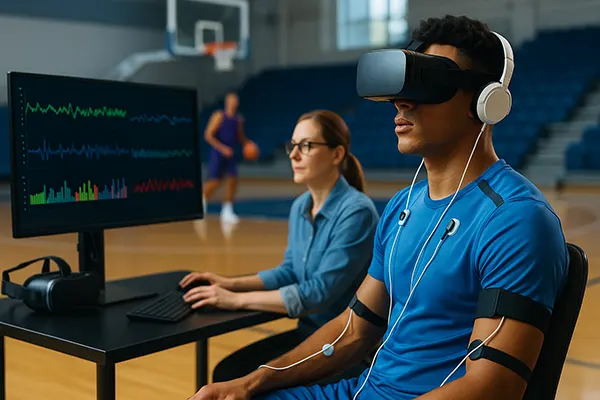
Psychological readiness is a key component of success in both individual and team sports. Mental resilience, emotional regulation, and cognitive focus have a direct impact on athletic performance. As of June 2025, a number of innovative methods have emerged, redefining how athletes train not only their bodies but also their minds.
Integrated Mental Training in Elite Sports
In 2025, elite sports teams increasingly adopt a multidisciplinary approach to mental preparation. Athletes undergo structured psychological training sessions involving sport psychologists, neurofeedback specialists, and data scientists. The goal is to build psychological endurance equal in priority to physical conditioning.
Neurofeedback is a particularly valued tool. Using real-time brainwave monitoring, athletes learn to control stress responses and enhance concentration. Devices such as Muse S and Emotiv Insight are used during training to evaluate cognitive states and guide mental exercises tailored to peak performance demands.
Moreover, video-based cognitive simulation is employed to rehearse high-pressure match situations. This method helps players in football and basketball improve decision-making under pressure by repeatedly visualising tactical choices in a controlled mental environment.
Daily Micro-Sessions and Cognitive Recovery
Daily micro-sessions, lasting 5–10 minutes, have become a staple in psychological conditioning. These include breathing techniques, mindfulness training, and brief cognitive drills. Regular use is linked to improved recovery between training cycles and reduced emotional fatigue.
Many clubs integrate these routines into existing physical training blocks. For example, FC Copenhagen has reported reduced athlete burnout since incorporating mindfulness and controlled breathing post-match and post-training.
In addition, athletes are encouraged to use sleep-monitoring apps and circadian rhythm trackers to optimise recovery patterns, recognising sleep as a foundation for mental readiness.
Technology-Supported Emotional Regulation
Wearable technology has revolutionised how athletes understand and manage emotional responses. Devices such as WHOOP 5.0 and Garmin HRM-Pro+ provide continuous biometric feedback, helping athletes recognise signs of stress before it affects performance. Emotional awareness becomes data-driven and proactive.
Emotion-tracking apps are paired with AI-driven coaching assistants that provide tailored advice. These tools assess voice tone, heart rate variability, and facial expression through mobile interfaces, offering feedback in real-time. Emotional regulation is now a measurable skill, trained like strength or agility.
This data is also used by coaches to personalise motivational strategies. Players who perform better under positive reinforcement are now coached differently than those who respond best to challenge-based stimuli.
Biofeedback and VR Immersion in Practice
Biofeedback, long used in clinical therapy, is now a mainstream tool in sports. Athletes learn to consciously regulate heart rate and breathing by observing them in real time through sensors during practice. This promotes fast recovery from mental and physical strain.
Virtual reality (VR) further enhances immersion in mental scenarios. Basketball teams such as the Los Angeles Lakers use VR to replicate crowd noise, referee pressure, and scoreboard tension to mentally prepare players for crucial games. This simulation improves both reaction speed and emotional control in actual match settings.
The cost-effectiveness and scalability of VR tech mean even second-tier clubs and university teams are adopting these methods, expanding the reach of psychological training beyond elite teams.
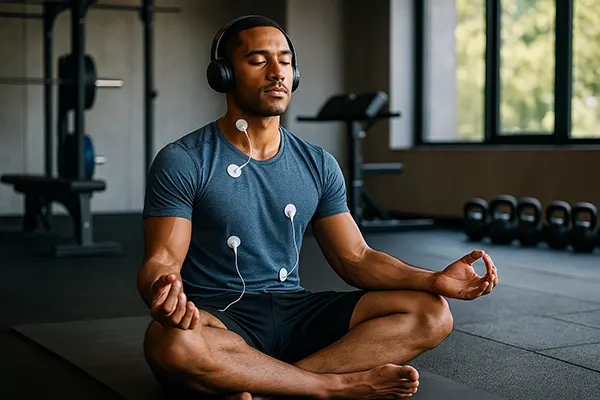
Resilience-Building through Controlled Stress Exposure
Modern psychological preparation includes controlled stress exposure protocols. Rather than shielding athletes from stress, these methods help them face and adapt to it under supervision. Cognitive Load Training (CLT) exercises are incorporated into routine drills, such as solving mental puzzles during sprints or playing under irregular lighting.
In football, this may mean penalty shootout training with flashing distractions, while basketball players practise free throws with background noise and time pressure. These simulate real-world stress, teaching the brain to maintain focus under adverse conditions.
Importantly, these methods are not about increasing pressure indiscriminately. Psychological safety remains a cornerstone, and recovery phases are carefully monitored to avoid overstimulation and burnout.
Personalised Psychological Profiling and Support
Teams in 2025 invest in psychological profiling using psychometric tools like the Big Five Inventory and Sport Mental Toughness Questionnaire. The results help design personalised mental routines that suit each athlete’s temperament and coping style.
For example, a highly conscientious player may benefit from structured visualisation routines, while a more extroverted athlete might gain more from motivational group discussions and team rituals. Customisation enhances engagement and efficacy of psychological programmes.
Finally, access to in-house or on-call sport psychologists has become standard. Athletes no longer wait for issues to arise; they proactively work with professionals to build long-term mental stability and maintain peak readiness across the season.

